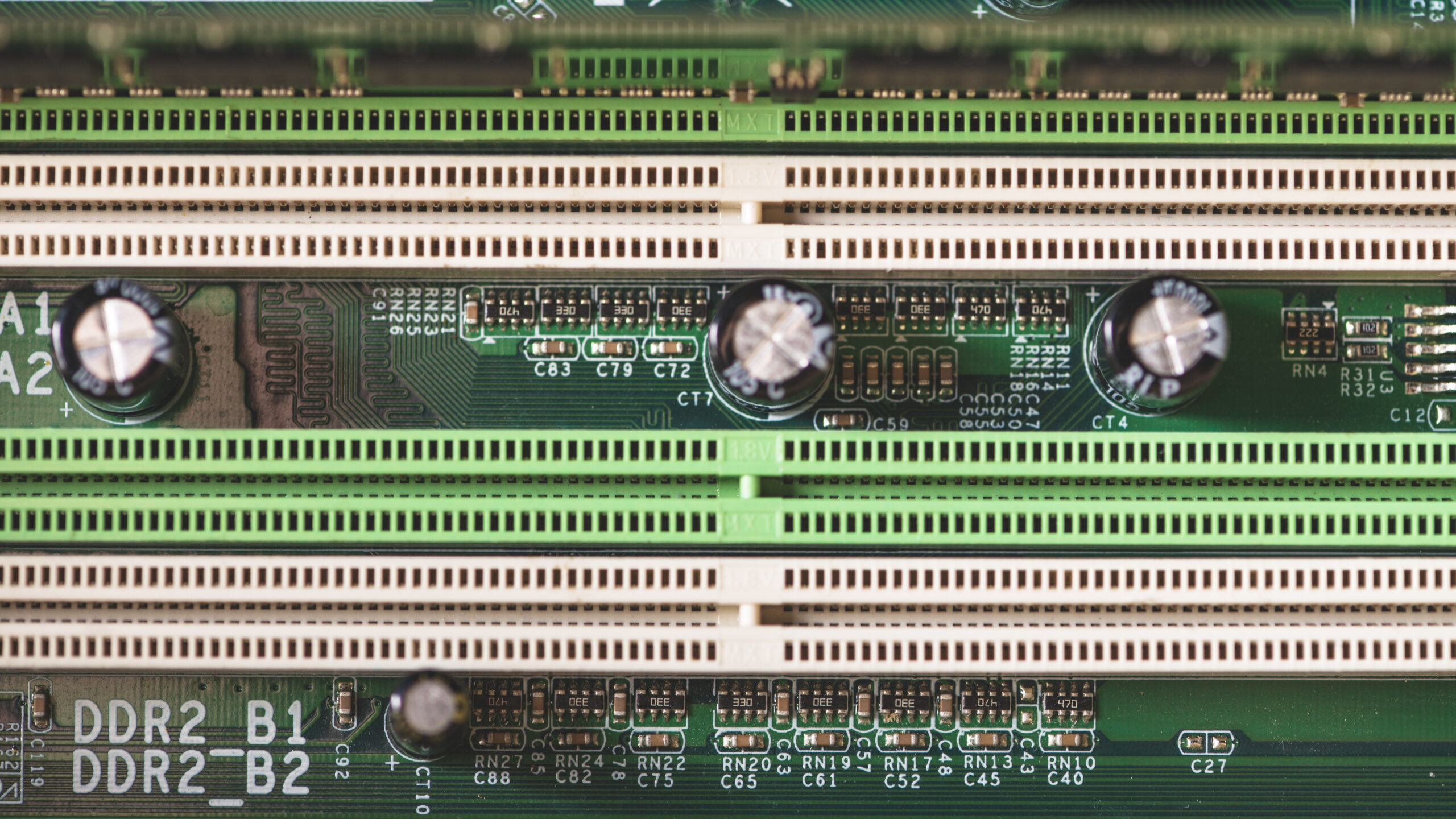37 pin floppy connector: Comprehensive guidance
In the era of technology, The 37 pin floppy connector, which has more pins than the typical 34-pin version for extra control signals, power, and compatibility for high-capacity drives, is used to connect specialized floppy disks to legacy or industrial systems. If you want to get more information read this article from top to bottom.
What is meant by a 37 pin floppy connector?
An interface known as a 37 pin floppy connector is used to link outdated floppy disk devices to a computer or controller. Unlike the more popular 34-pin connectors found in ordinary floppy drives, it usually has a 37-pin D-subminiature connector. Some specialized or high-capacity floppy disks, frequently found in legacy or industrial systems, used this connector. The 37-pin version’s extra pins enable specialized data transfer, power delivery, and additional control signals not possible with conventional floppy disk layouts. It was more prevalent in non-consumer settings when special driving characteristics or increased dependability were needed.
Chief features of 37 pin floppy connector
Specific capabilities designed for particular applications or specialized systems are provided by the 37 pin floppy connector. These are its salient characteristics:
More Pins for Better Control: The 37-pin connector has additional pins for sophisticated control signals, facilitating specialized operations or devices, in contrast to the conventional 34-pin floppy connector.
Power Supply Integration: The floppy drive does not require separate power connections because some 37-pin connectors supply power directly through the interface.
High-Capacity Drive Support: The 37-pin connector supports data and control requirements for advanced formats and is frequently used with non-standard or high-capacity floppy drives.
Industrial Equipment Compatibility: This connector, which is commonly used in legacy or industrial systems, facilitates dependable and strong communication for tasks that are vital to the mission.
Differentiated Signal Grounding: To increase signal integrity and lower noise in complicated systems, the extra pins may incorporate better grounding techniques.
Support for Custom Signals: Enables the use of specialized or proprietary signals for particular hardware setups.
Despite being less frequent in consumer-grade systems, these characteristics make the 37-pin connector a flexible option for particular settings.
Application of using 37 pin floppy connector
The 37 pin floppy connector is mostly utilized in old or specialist systems that need particular setups. It is frequently encountered in older data storage devices, industrial automation systems, and systems that need proprietary or high-capacity floppy disks. It also supports legacy computing settings that require integrated power or improved signal control. Additionally, the connector is utilized in laboratory equipment that depends on specialized hardware interfaces, archival data recovery systems, and some military or aerospace systems. Because it can handle specific signals, it can be used in settings that require flexibility and dependability.
Advantages of using 37 pin floppy connector
Many benefits are provided by the 37-pin floppy connector, especially in specialized or legacy systems:
Improved Capabilities: Compared to the conventional 34-pin connector, the extra pins allow for more sophisticated control signals and features, making it possible to use high-capacity or customized floppy drives.
Integrated Power Supply: By delivering power directly to the drive, some 37-pin connectors eliminate the need for additional power cords and make installation easier.
Enhanced Integrity of Signal: The additional pins can be used for shielding or dedicated grounds, which lowers electrical noise and improves signal transmission reliability.
Custom Configuration Support: It is perfect for specialist industrial or legacy applications since it can accommodate proprietary or bespoke signal needs.
Versatility in Legacy Systems: The connector guarantees compatibility with special hardware configurations that are frequently present in archival systems, industrial automation, and older computing.
Durability in Demanding Environments: The 37-pin connector is frequently made to operate robustly, making it ideal for settings that demand a high level of dependability, such industrial, military, or aerospace applications.
Drawbacks of using 37 pin floppy connector
Due to its unique nature, the 37 pin floppy connector has certain drawbacks. Because it is less widely used than the conventional 34-pin connectors, it may be more difficult to locate compatible devices or replacement components. With more pins, the connector’s complexity could make installation or maintenance more difficult because it necessitates more thorough wiring and compatibility tests. Furthermore, interoperability with newer hardware and software may be limited due to the 37-pin connector’s limited usage in modern systems. In comparison to smaller, more standardized connectors, the connector’s physical size might also be inconvenient and occupy more space. Lastly, the technology might not have as much support or easily accessible documentation because it is frequently utilized in legacy or industrial applications.
How can we use a 37 pin floppy connector?
Because it accommodates customized floppy drives used in legacy, industrial, or specialist applications, the 37-pin floppy connector is significant. In comparison to the conventional 34-pin connector, it has more pins, which enables additional control signals, power delivery, and compatibility with drives that are high-capacity or specially constructed. Because of this, it is essential for keeping older systems that depend on these connectors to function, particularly in sectors like data recovery, automation, and aerospace. The 37-pin floppy connector, albeit less widely used nowadays, guarantees the continuous operation of legacy devices and systems that depend on particular interfaces for dependable operation.
Why is a 37 pin floppy connector important?
Because it accommodates customized floppy drives used in legacy, industrial, or specialist applications, the 37-pin floppy connector is significant. In comparison to the conventional 34-pin connector, it has more pins, which enables additional control signals, power delivery, and compatibility with drives that are high-capacity or specially constructed. Because of this, it is essential for keeping older systems that depend on these connectors to function, particularly in sectors like data recovery, automation, and aerospace. The 37-pin floppy connector, albeit less widely used nowadays, guarantees the continuous operation of legacy devices and systems that depend on particular interfaces for dependable operation.
Conclusion
In legacy and industrial systems, the 37-pin floppy connector is crucial for connecting customized floppy disks. It provides extra functionality by including extra pins for power and control signals. Although slightly common now, it is major for specialized utilization in industries such as robotics and aerospace, as well as for servicing older machinery.




Post Comment